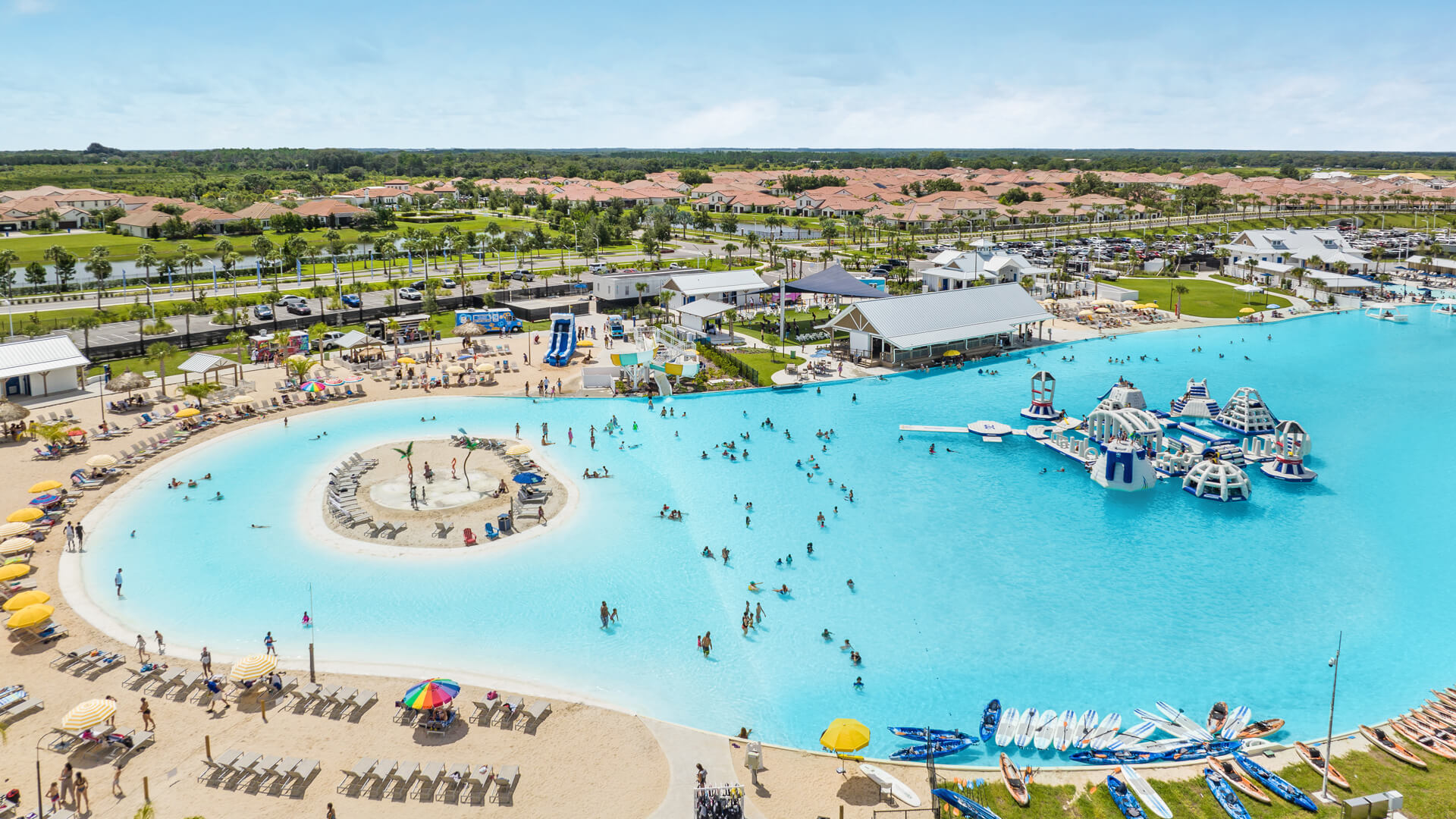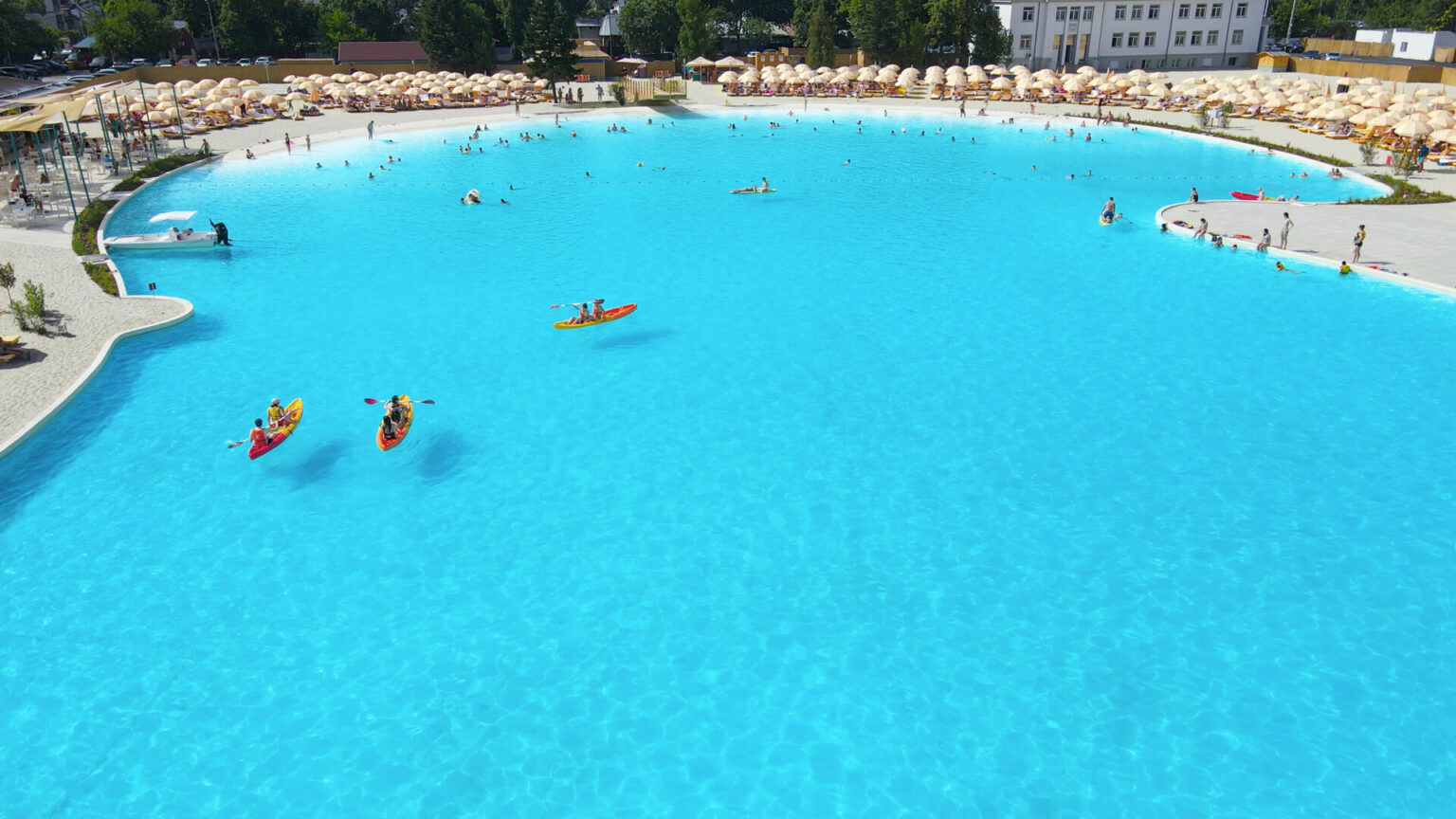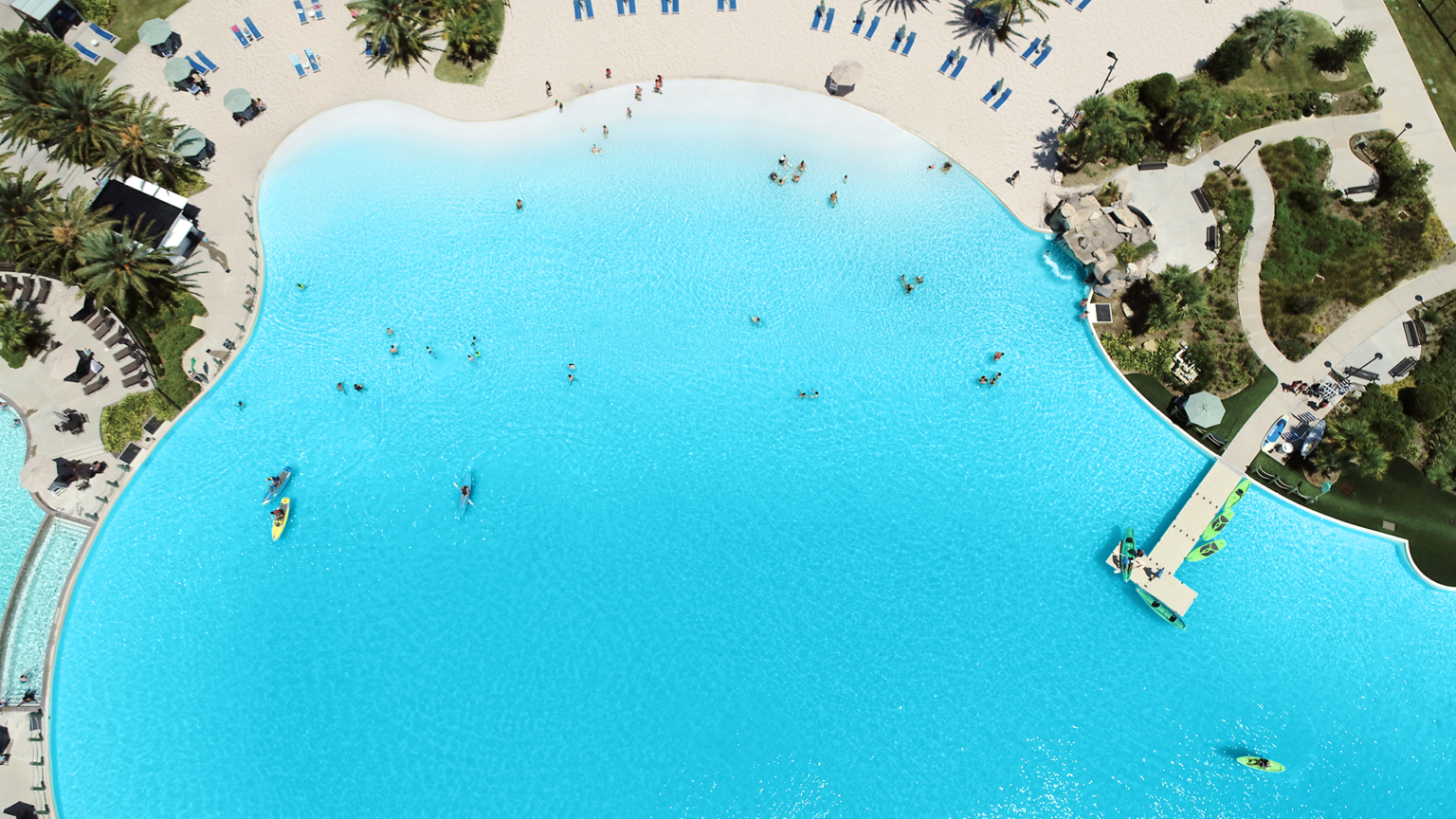The prestigious newspaper highlighted how real estate developers are increasingly seeking to transform inland residential projects into waterfront developments featuring artificial lagoons.
Crystal Lagoons was the protagonist in an article by the Financial Times, one of the world’s most influential business publications. The report explores how sustainable crystalline lagoons are transforming the global real estate market, particularly in the United States, by becoming the new “waterfront” for residential developments.
Crystal Lagoons Drives a New Trend in the U.S.
The publication highlights the presence of the multinational innovation company in the U.S.:
- Where it totals more than 200 projects in various stages of development or negotiation.
- Featuring the case of SoLé Mia, a residential project in Miami awarded by the World Design Awards.
- A development that consistently breaks sales records, thanks that it is anchored by a 2.8-hectare crystalline lagoon.
According to David Thom, Senior Executive Director at LeFrak, the developer of SoLé Mia:
- “The lagoon has been one of the main attractions of the complex.”
- “Residents can go kayaking before work or take their kids paddleboarding after school.”
Artificial Lagoons as a Differentiating Element
The article points out that crystalline lagoons are even replacing golf courses as a key amenity. In fact, it is titled “On the Waterfront: The Rise of Lagoon Living.”
For his part, Andrew Cummings, Head of Residential at Savills Middle East, explains that:
- “Lagoons can bind a community into a more waterfront lifestyle”.
- This trend is especially pronounced in Dubai.
- All the projects he highlights: District One in Mohammed Bin Rashid Al Maktoum City with its nearly 40-hectare lagoon, Tilal Al Ghaf, and Central Hub by DAMAC Properties, featuring a lagoon powered by Crystal Lagoons technology® as their centerpiece.
High-Impact Sustainable Technology
Another key point emphasized by the Financial Times is the sustainability of the technology of Crystal Lagoons, which allows that:
- These lagoons are filled only once, requiring only compensation for water lost to evaporation.
- They use up to 33 times less water than a traditional golf course and 40% less water than a park of the same size.
- Their pulse-based disinfection system allows for up to 100 times fewer chemicals than conventional technologies.
- The ultrasonic filtration system enables the lagoons to use only 2% of the energy required by conventional swimming pool filtration systems.
The success of Crystal Lagoons in the United States and around the world lies in its ability to recreate, through crystalline lagoons, a piece of the Caribbean perfectly. In fact, the multinational innovation company’s developments in the U.S. have become a commercial phenomenon, consistently ranking among the top-selling real estate projects year after year.






